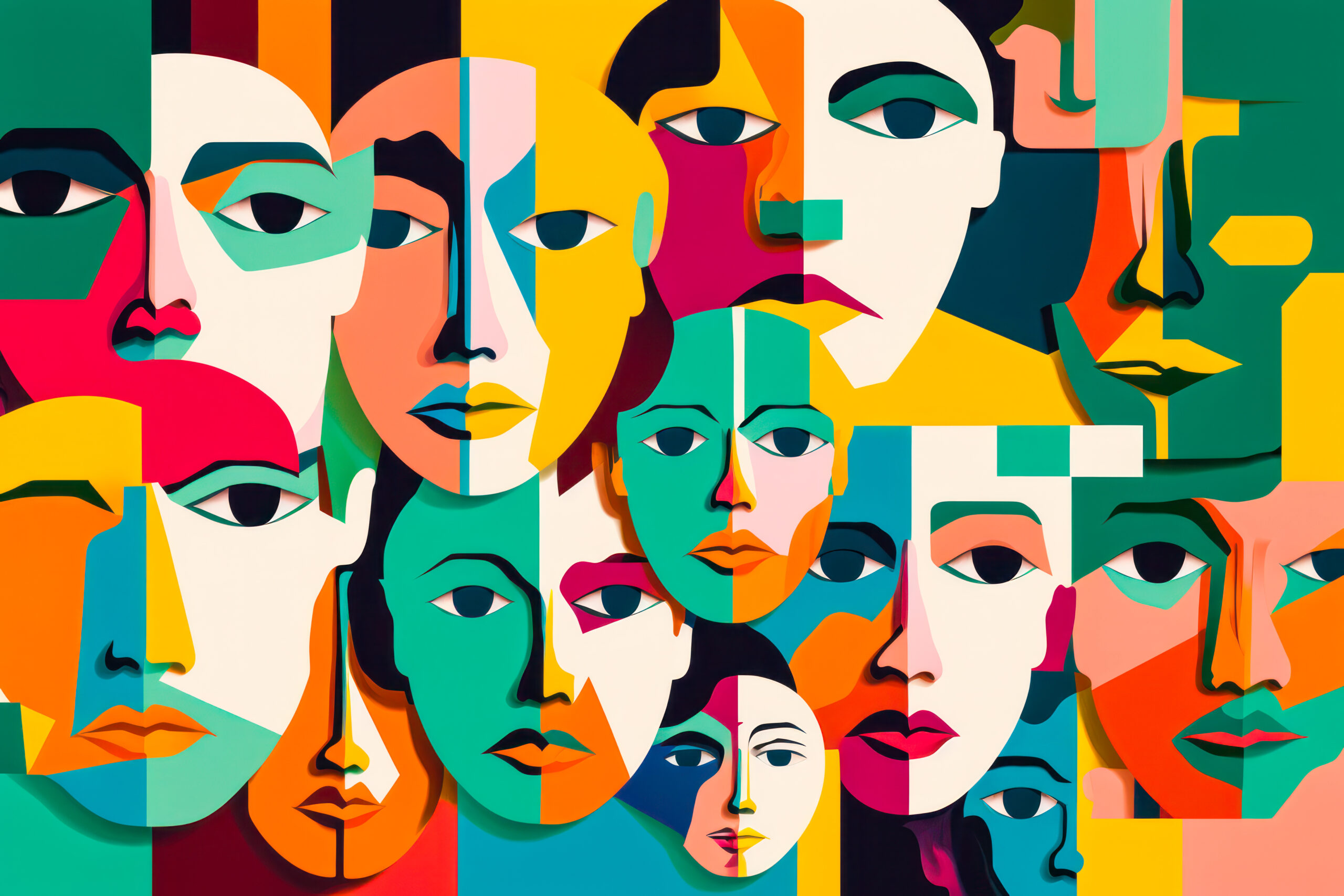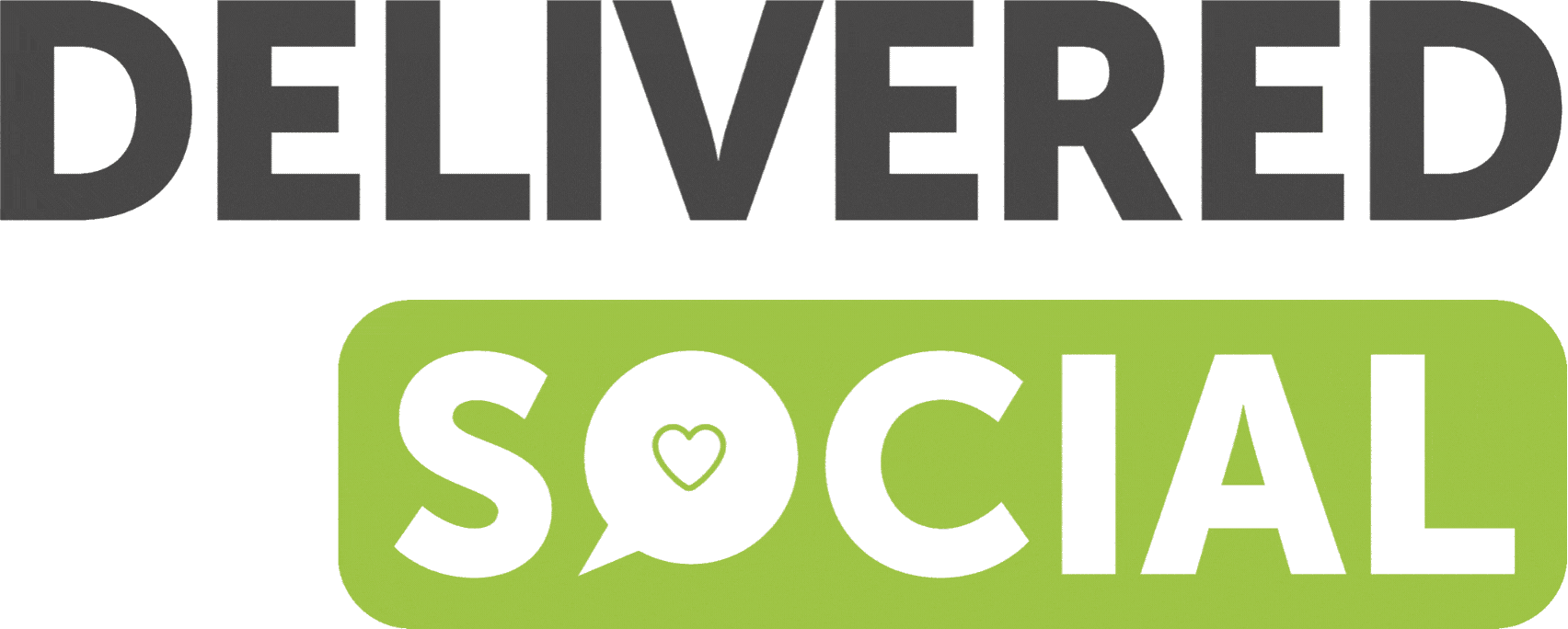Moving forward into the unknown
Big decisions can feel as though we are standing in front of a series of closed doors and it is all a bit of a guessing game. We feel that if only we knew what was behind those doors then we could make a better decision. As a child, I had a couple of ‘Choose your own adventure’ novels where there were particular points in the story where the reader can choose which way to go within the storyline – ‘If you step into the cave, turn to page 63. If you keep going up the mountain, turn to page 72.’ Back then, being given the choice was fun, when the consequences where not significant. Adulting is not so easy, because our choices can have serious consequences, and sometimes we can feel unsure in the face of an important decision.
Modern culture and technological advances fool us into thinking that we can have control, with ultimate knowledge and mastery being the biggest prize. In fact, our human limits remain the same as ever. We are fallible. We cannot know and control everything however much we feel that would be to our advantage. So we stand at the crossroads looking down the path trying to predict the future. Or we waste good money and exhaust ourselves working to try to see beyond the closed door before we open it.
There are two important things to be aware of here. Firstly, that we cannot know everything about the future aspects of the decision we are making. To acknowledge this within the process will bring confidence that you “can only make decisions based on what you know at the time.”
Secondly, it is vital to be alert to our fear of the unknown. It is deep within our human nature to hesitate about what we do not know. This is evolutionary and a way of protecting us from harm. Although we try all that is within our power to predict the unpredictable, there remains unknowable aspects. This can induce fear and then affect our clarity of mind or push us to make sub-optimal decisions based on keeping ourselves safe. We must be aware of the role of fear in a decision. When we focus on what we don’t know (about the future) instead of keeping focus on what we do know, we can jeopardize our inner wisdom and the process of making a good decision.
“What if it’s easier than I think?”
A good decision maker understands the known and unknown factors of a situation. Firstly, we must ask ourselves “What can I know?” Even though we can’t predict the future can be clear on what we do know now. We know our values which is what we base the decision on. Bring them to mind. Write down what the foundations are. Collect information from reliable sources related to the decision. Separate facts from opinions. Focus on objective, verifiable information rather than assumptions or interpretations. Ask clarifying questions. Challenge ambiguous points to clarify what is definitely true. Avoid speculation. Understand the difference between information based on guesswork or incomplete evidence, and the natural unknown factors e.g. other people’s future responses. It is important to focus on what is in your control, where the quick wins are, what is going well and where you can find support.
Secondly, we can reframe our feelings towards the unknown and thus reduce the fear element. When we begin to see opportunities not obstacles, when we understand what are the benefits of the opportunities, we can begin to shift our perspective of the unknown. Unknown can be better than we expect. Unknown can bring blessings and happy surprises! Once our fears are gently challenged and nurtured we can challenge the perspective of the obstacles and even begin to see them as growth opportunities which is something to be welcomed.
Being safe and certain are high needs. In a transition, we can still have these needs met. Think about what can provide stability and a sense of security for you within the changes. Focus on what remains a place of safety or how you could gain more of what you need.
It is normal to experience internal conflict, and especially when the stakes are high, fear of what might happen combined with the desire to change current circumstances can lead to stagnation. A supportive coach walks with you as you discover what parts of yourself can agree and take action. Once in motion, self-esteem will rise and conflict subsides.
So which door do you choose? Walk through the door that is most congruous with your values, with reliable information, and with as much known as is possible. You also recognise that there are some unknowns involved and that they can be faced with courage and support.
Transformational Questions:
- Acknowledging the internal conflict, what can you be certain that you want?
- What thoughts come to mind with the question “What if it’s easier than I think?”
- What positive answer can you give to “What if?”
- Before you have made the decision, what are you sure that you know?
My Standing at the Crossroads coaching package provides the opportunity for you to take time to discover elements of good decision making and recognise hurdles to your destination. Coaching can bring your unique path into focus and raise your confidence in the choices you make. Do reach out to me so I can join you on your journey.
If you have found benefit from reading this, please share with your friends and network.
If you would like to explore this further in a coaching context please contact Anna at digdeepdreambig@gmail.com




